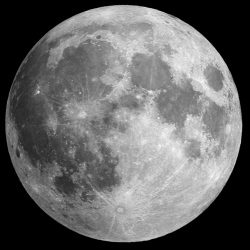
As the Hubble Telescope celebrates 25 years in space, NASA is building a much more powerful tool to look into the universe. The James Webb Space Telescope will be 100 times more potent than Hubble, and will launch in 2018 to give astronomers an unprecedented glimpse at the first galaxies that formed in the early universe.
"JWST will be able to see back to about 200 million years after the Big Bang," NASA said on its website. It described the telescope as a "powerful time machine with infrared vision that will peer back over 13.5 billion years to see the first stars and galaxies forming out of the darkness of the early universe."
The project has drawn scrutiny from lawmakers for its ballooning costs, now at about $8.8 billion, far higher than the initial estimate of $3.5 billion. But NASA has promised to keep the next-generation telescope on track for its October 2018 launch.
"What the Webb will really be doing is looking at the first galaxies of the universe," Webb telescope observatory project scientist Mark Clampin told AFP at NASA’s Goddard Space Flight Center in Greenbelt, Maryland.
"We will also be able, with these capabilities, to look in very dark parts of the universe where stars are being born. Webb is quite big enough to have a high probability of finding bio signatures in the atmosphere of exoplanets, evidence of life,"
"We have sensors on board, equipment on board that will enable us to study the atmosphere of exoplanets spectroscopically. So we will be able to understand the composition of those atmospheres, We can make big progress in the search for life."
